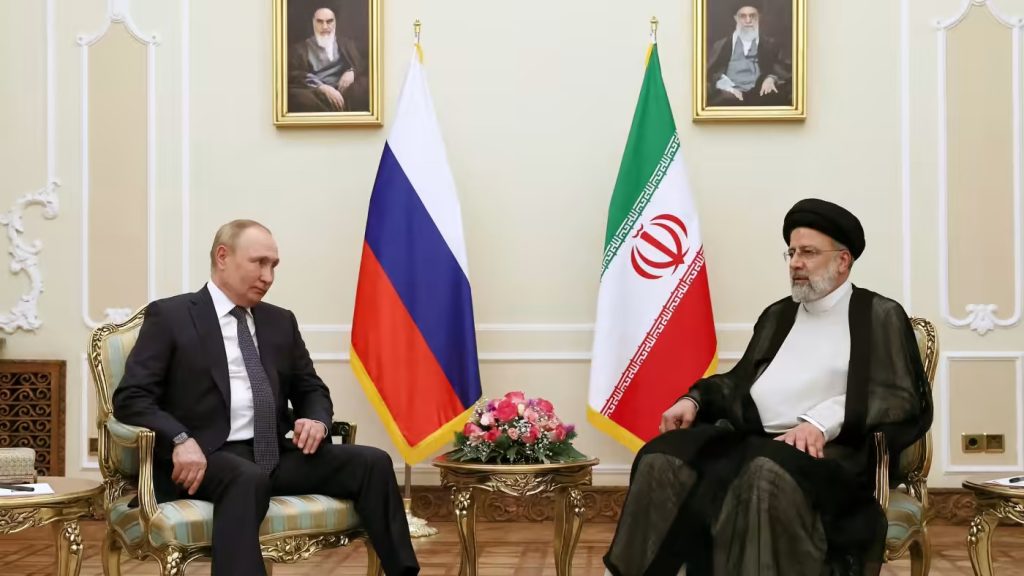In a groundbreaking move towards strengthening financial collaboration, Iran and Russia have interconnected their financial messaging systems, enabling direct transactions between banks of both nations. The announcement, delivered by Mohsen Karimi, the deputy head of international affairs at the Central Bank of Iran, signals a significant departure in the financial dynamics between the two countries.
Sidestepping Traditional Channels
The integration of financial systems is a deliberate effort to circumvent the Society for Worldwide Interbank Financial Telecommunication (SWIFT), the conventional platform for international financial communication and transactions.
Following their expulsion from SWIFT in 2022 due to US sanctions, Russia and Iran sought an alternative method to sustain their international commercial activities.
Deepening Economic Ties
In addition to bypassing SWIFT, the two nations have entered into an agreement allowing their exporters to engage in trade using their respective national currencies. This strategic move eliminates dependence on widely used global reserve currencies, such as the US dollar or the euro, traditionally dominant in international trade.
Amidst Geopolitical Tensions
The bilateral agreement holds the potential to streamline trade between Iran and Russia, enhancing their economic connections and reducing reliance on Western financial systems.
This development gains significance against the backdrop of ongoing international sanctions and geopolitical tensions. Both countries’ central banks are now focused on optimizing these direct bank transfers, enabling commercial banks to establish intermediary relations with each other.
The decision to forsake the SWIFT payment system carries profound implications for the global financial landscape, reshaping the contours of international trade and banking.
